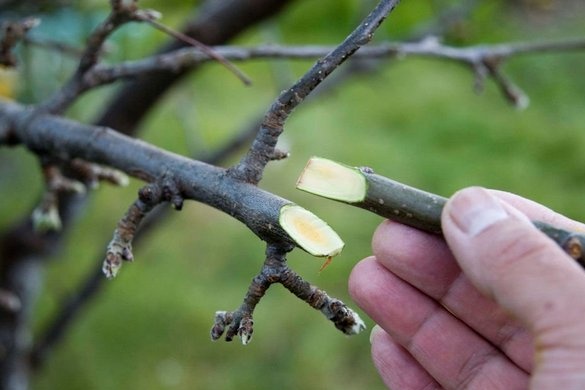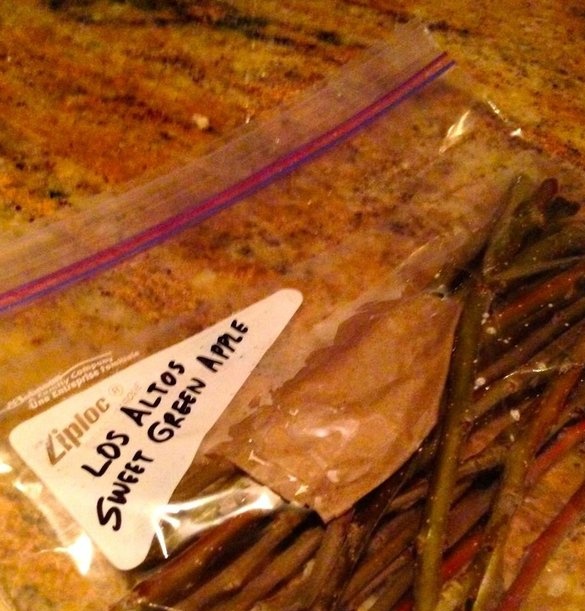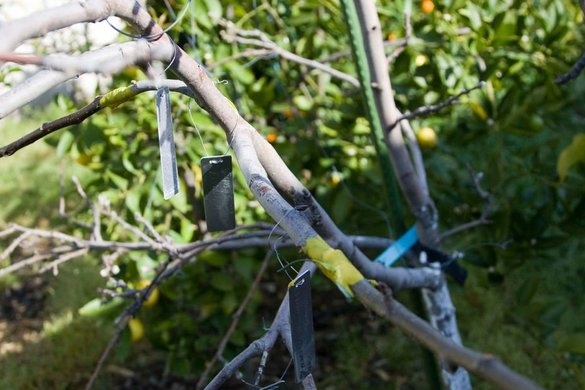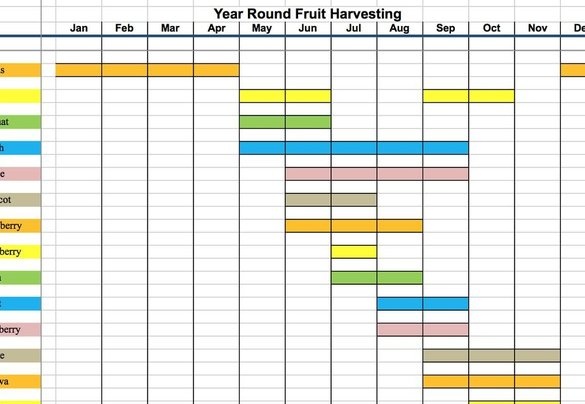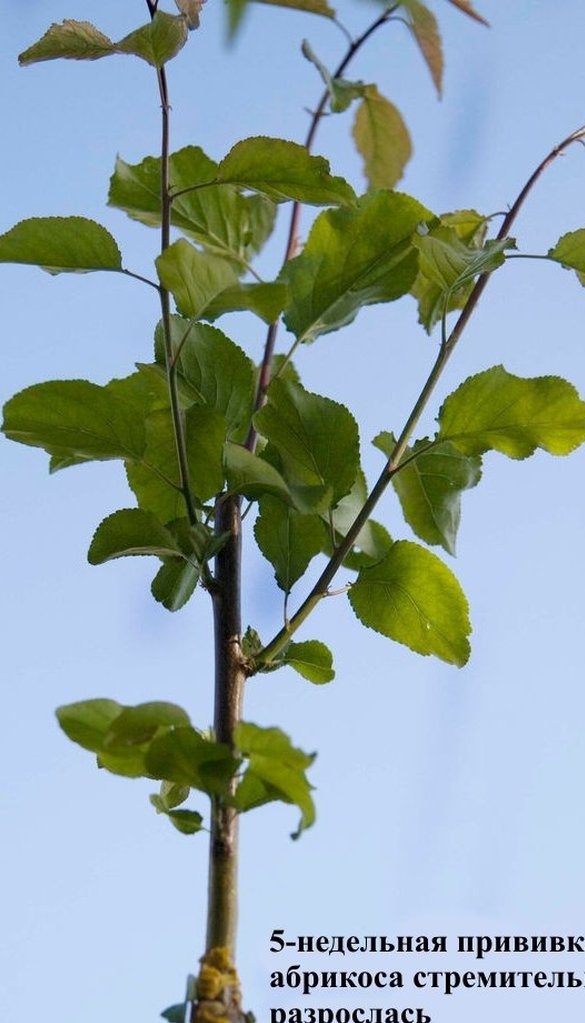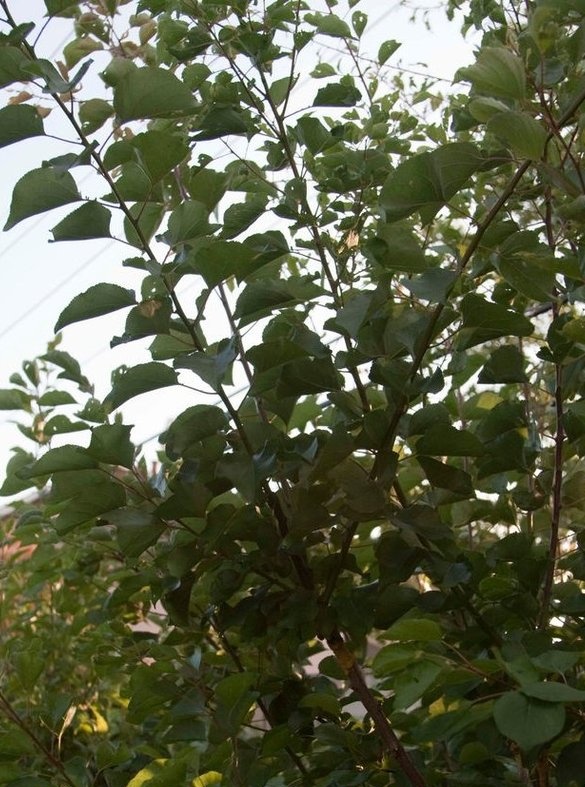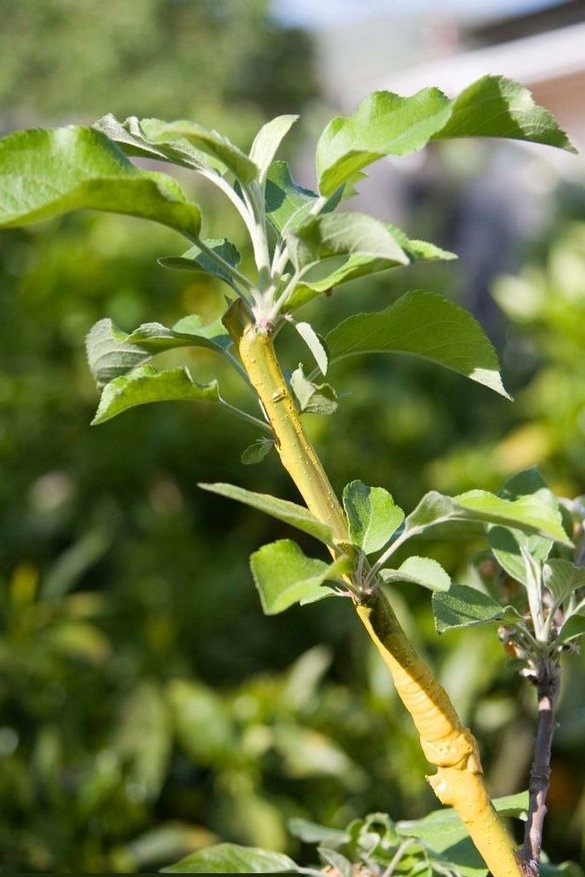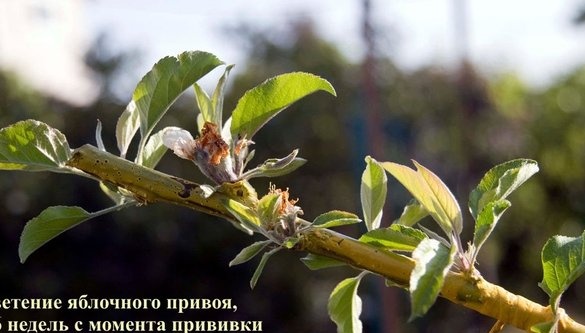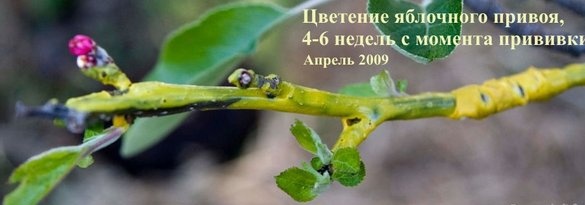Vaccination is one of the oldest methods of plant propagation, and it is common practice to propagate different fruit plants. A simple copulation is a simple technique for a beginner; it has proved very fruitful on my apples, apricots, plums and cherries. There are several other vaccination techniques - eye vaccination, rape, vaccination for bark - these are the most common.
There are several reasons why vaccinations are important for gardeners:
Not every fruit crop is easy or even possible to plant. For example, figs are difficult to graft due to the juice secreted by them. There are some innovative methods for growing figs, but I have not tried them yet. I propagate date trees by simple rooting ... maybe, and I will write a master class about this soon.
Where to get scions:
1) If one of your friends or relatives grows your dream tree, you can cut the branches and plant it.
2) Grips can be taken at nurseries and private farms, having agreed with the staff.
3) If there are any farms or gardens nearby, you can find out when they are pruning trees.Most likely, you are allowed to take materials after trimming.
4) There are many online communities and specialty stores where people exchange materials or sell them to order.
When should you get vaccinated? I plant trees when they just wake up from hibernation, somewhere in early spring.
Compatibility
The compatibility between the scion and the stock should be considered. For example, between stone fruit trees (peaches, apricots, plums and nectarines). But you cannot plant a peach on an apple tree. Apples and pears are also well compatible, but apples cannot be grafted onto oranges, and vice versa.
Different varieties of citrus fruits (limes, lemons, tangerines, oranges, etc.) are perfectly combined with each other, but another technique, such as budding, is preferable, since citrus fruits do not drop foliage, do not fall into hibernation, like stone fruit trees.
Step 1: Storage Scions
In January, I collected many different scions that I wanted to plant on my trees. I cut the pieces of branches to the size of the sealed bags, placed a piece of absorbent cloth in the bag so that they would not dry out. Each packet contains a separate grade and is signed, and all the bags went to the refrigerator (not to the freezer).
If the scion dries before vaccination, the branch will die, so you must make every effort to ensure that it does not dry out during storage. To do this, put a wet towel in a bag with scions. And after grafting, the scion site is protected by a layer of emulsion or special tape.
Step 2: Preparing a Scion Place
When the time comes for vaccinations (spring), I compare the diameter of the scion and the proposed branch-stock. I compare the diameters of the branches with a vernier caliper or simply by eye. The vaccine has a great chance of survival when the diameters converge.
Why is this so important? Nutrients are transported throughout the plant in the cambium layer, which is located immediately below the bark. The better the contact of the cambium of the scion with the cambium of the stock, the higher the likelihood that the scion will take root.
With a sharp knife, I cut a branch-stock to prepare it for joining the stock.
Step 3: checking the diameter
The figure shows both branches - stock and scion. Both have approximately the same diameter. The last time we check the diameters, to make sure that the branches are the same in size.
In some grafting techniques, matching diameters is not so important because of the way the graft is contacted with the stock. But in our case it is important.
Step 4: Cropping the Stock
I use a sharp knife to cut the stock at an angle. I will cut the scion also at an angle so that both cuts match in size. Some gardeners prefer special garden supplies, but a regular knife with a retractable blade works fine for me. In addition, it is easy to change blades, they are available everywhere. I like to cut with one cut, even. The larger the contact surface of the scion with the stock, the greater the likelihood of good contact and adhesion.
In this whole story, most of the experience is required just in the right context of stock and scion. This is the most important place in the entire vaccination process.
Step 5: Pruning Scion
I cut the scion at the same angle as the stock. Sometimes I need to redo the incision several times until I achieve the desired result. My goal here is to connect the cambium layers on two branches in order to start the process of feeding the scion from the stock as quickly as possible, and vice versa.
Good cuts are a matter of practice. This is the most important point in the vaccination process.
One of the varieties of vaccination by copulation is “tongue copulation”, which I will describe in a separate master class.
Step 6: Connect the scion and stock
When connecting, the cuts of the stock and scion should coincide. The goal is simple - to merge cambium rootstock with cambium scion, so that nutrients begin to circulate fully.
After the slices coincided, two goals remained:
1) Organize mechanical stability between stock and scion: I fasten the branches with rubber tape or electrical tape.
2) To prevent scion from drying out. I paint the splicing area and the entire scion with water-based paint to reduce moisture evaporation. Homemade latex paint is great for this. Some use special grafting tape, parafilm or plastic tape to cover the scion.
Step 7: Sign Vaccination
I put a label next to the vaccine to determine the grade of scion and the date. I also write on the tablet what and where I planted. So I keep a record of all vaccinations, with notes regarding the requirements of the varieties and the behavior of the shoots. The graph shows the harvest for the year - I always have some kind of fruit, and they are quite diverse throughout the season.
Step 8: Example: Inoculating Apricot
There are a lot of grafts on this apricot tree, so I collect 8 different varieties of apricots from one tree. The photo shows growth from a few weeks to several months.
The photo shows that even after months the vaccination site is visible on the shoot. However, it is simply amazing how much the scion has grown over these three months!
Step 9: Example: Vaccinating an Apple
On this apple tree, as many as 12 varieties of apples grow thanks to my vaccinations. Two dwarf apple trees in my garden grow about 20 varieties of delicious apples.
If you take last year’s shoot as a scion, planting it this spring, you are likely to see inflorescences and collect the first crop. If the scion is an older shoot, then most likely there will be no inflorescences on it, and you need to wait another year until the scion grows and bears fruit.
Step 10: The Keys to Success
To ensure the effectiveness of vaccinations is high, follow these rules:
1) For deciduous trees, choose the time of grafting before the start of new growth in the spring.
2) Pick up a scion and stock for each other.
3) There should be good contact between the scion and the stock, so that cambium layers can transport nutrients to the scion.
4) There should be sufficient pressure at the junction, for mechanical support and to strengthen the contact between the cambium layers
5) The graft should not dry out

